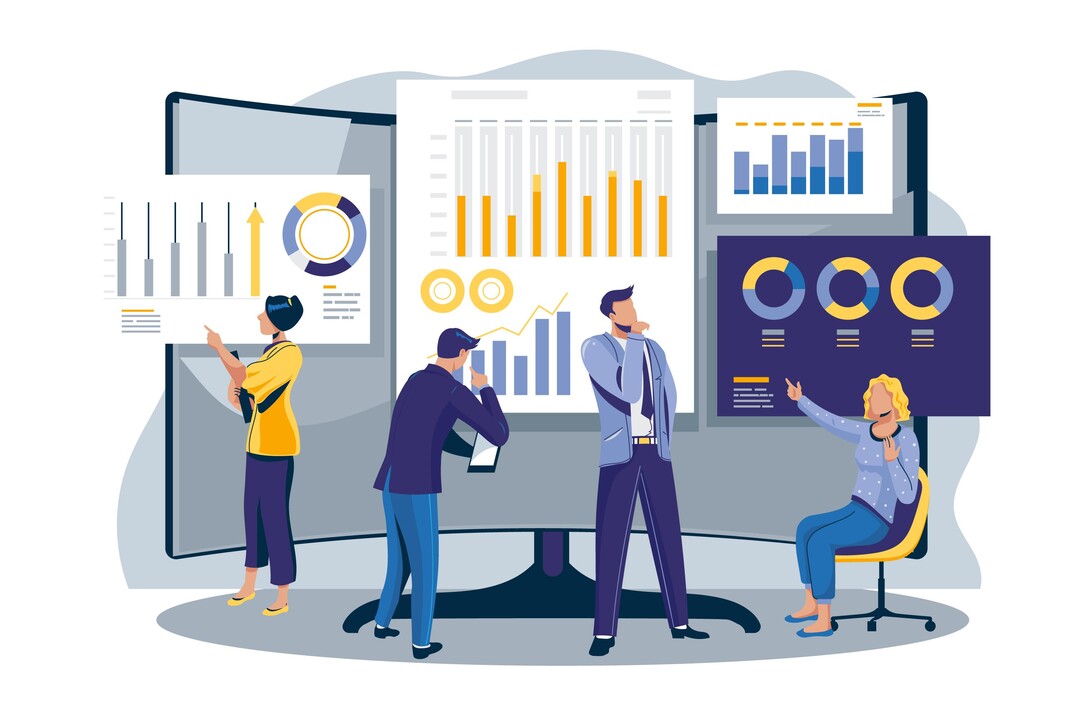
Workflow management is defined as an approach or automated system through which an organisation executes its tasks. Workflow management helps manage operations and ensures effective communication between departments. Workflow management in educational institutions is different from workflow management in other firms.
What is ERP?
Enterprise Resource Planning (ERP) is software that aids firms in managing and automating business processes. This software is used in educational institutions to enhance administrative functions that improve performance. The software is used for collecting and reviewing data that enhances workflow management.
How ERP software could improve workflow management in educational institutions is discussed below.
Track and record attendance: Keeping track of the attendance of students, teaching and non-teaching staff in an educational institution is challenging. With an ERP system, attendance recording and tracking is easier. In particular, this helps the teachers to save time, and the attendance record will be accurate with minimal to zero room for error. Also, if a student is absent without prior permission, an automated message is sent to the parents.
Fees management system: Fees payment is another vital process in educational institutions. This involves the accounts department receiving cash, giving receipts and manually checking if students paid the fees or not. On the other end, we have parents queue up and rush to pay the fees on the specified date. With ERP software, the deadline for the fee payment is shared with parents, who can pay online through the system. Additionally, the software also keeps track of the fee payment accurately and the digitally stored data makes it easier for the institutions during audit.
Data management: Educational institutions have different departments and might need to access data from the other departments to carry out a particular task. The ERP software helps store the data in a cloud server. Different departments of the institution could access the data from the cloud. As a result, the required information is made available to all the departments and the communication gap is closed.
ERP software streamlines data and provides access to authorised personnel to access data. In educational institutions, different login gateways for parents, students, teachers and administrative staff could be created, allowing them to access data that might be important for that particular stakeholder. Or in other words, restricted access prevents data theft or loss.
Lessons and homework: ERP software used in educational institutions helps share the lecture materials with the students, accessible anywhere, anytime. Additionally, homework, assignments and other tasks or activities are posted on the ERP system. The results of these tasks are also shared in the system.
ERP is that which helps institutions improve workflow management. This is efficient and effective software for educational institutions that benefit them and their stakeholders. To satisfy the stakeholder’s needs, educational institutions should use ERP software. However, the question of data privacy and security arises just with any technology. In such a case, institutions must implement ERP software that encrypts data stored and ensures data protection.